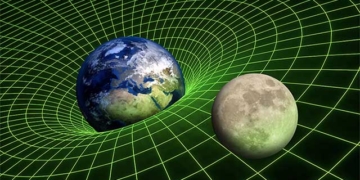An ancient ocean, vast and friendly to life like Earth’s oceans, once existed elsewhere in the Solar System.
A research team led by an assistant professor of geological sciences from the University of Pennsylvania, USA, analyzed stunning topographical data recorded by NASA’s Curiosity rover from the area known as Greenheugh Pediment in the northern region of Mars, uncovering remarkable characteristics.
According to SciTech Daily, the topography of this area points directly to an ancient ocean, with sea levels rising during a warm and humid planetary climate that lasted about 3.5 billion years ago.

Ancient ocean shoreline on Mars – (Photo: NASA)
This was a large ocean, possessing many characteristics similar to Earth’s oceans, leading scientists to strongly believe in the high likelihood of life existing there.
Although that ocean has disappeared in the present, NASA’s data reveals a thick ocean sediment layer of at least 900 meters, covering an area of hundreds of thousands of square kilometers.
The vast size and long duration of this newly discovered water world—evidence supported by the thick sediment—also demonstrate that Mars was once very similar to Earth. Only a thick atmosphere and warm, moderate temperatures would allow such a vast ocean to exist on the surface.
This large ocean, sheltered from harmful radiation by a thick atmosphere, also provided excellent conditions for primitive life to form and evolve.
To validate this hypothesis, scientists charted the flow patterns on the planet to illustrate how the sediments accumulated and the scale of the ancient ocean, based on models derived from Earth’s oceans.
It is very likely that Mars also possessed a “healthy” water cycle, with a regulated circulation similar to that of Earth today.
This discovery also aids scientists in directing future missions to explore Mars directly: If human landers are to arrive on Mars, Greenheugh Pediment will be an ideal location.
Scientists are also hopeful of finding something within the ocean sediments, such as remnants of ancient organisms.
The research utilized software developed by the United States Geological Survey and rich datasets from NASA. The findings were recently published in the scientific journal Journal of Geophysical Research.




















































